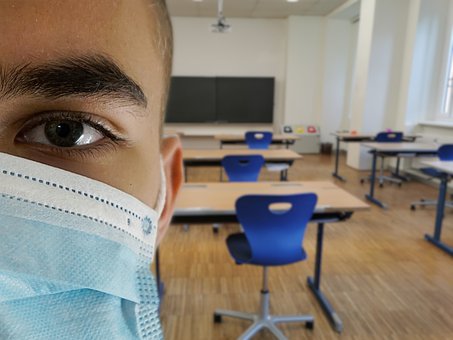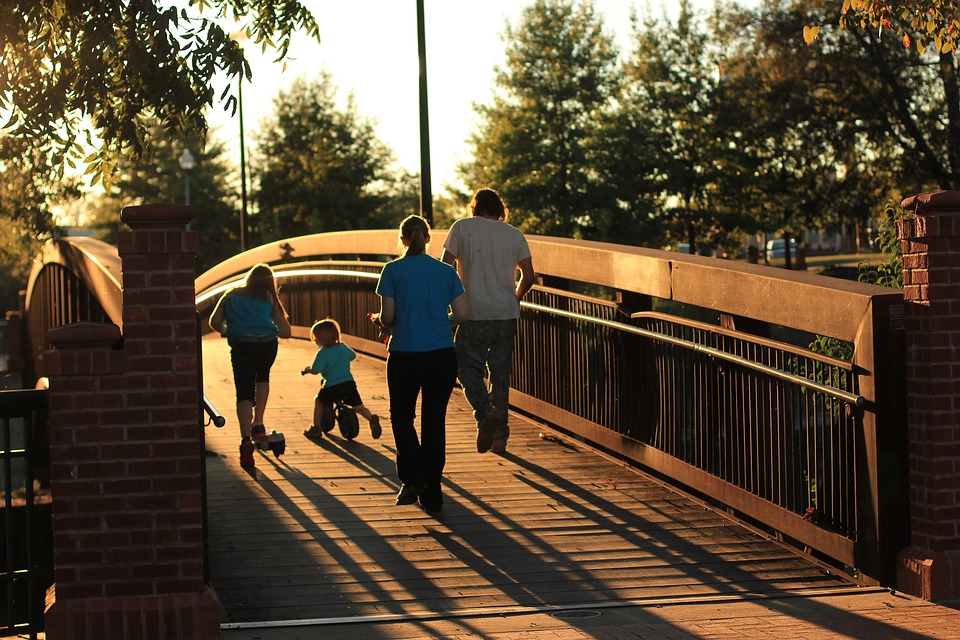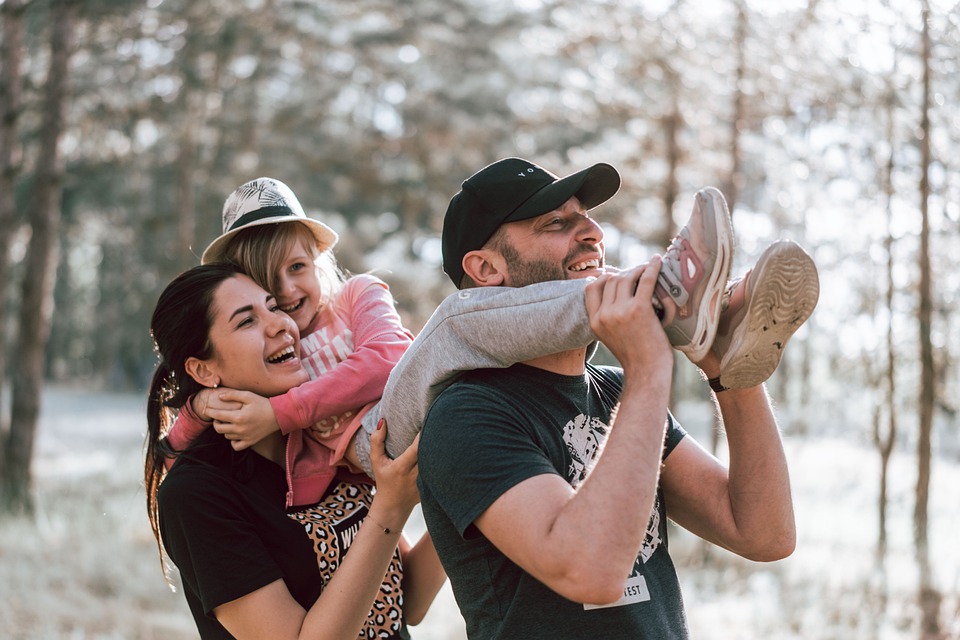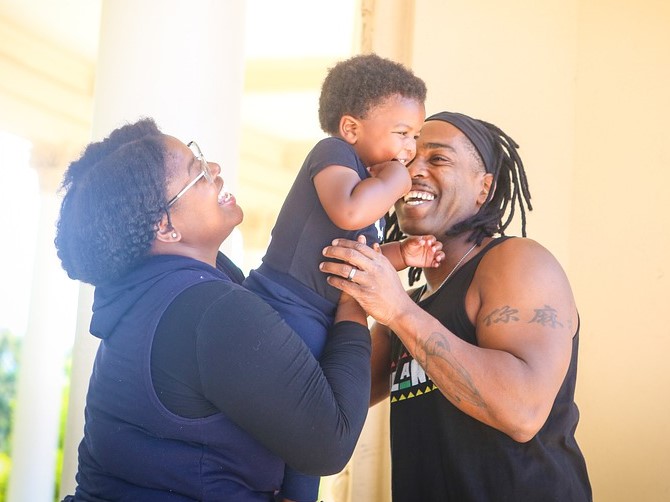COVID’s Silver Lining for American Families


The trials and tribulations of the pandemic have given many of us hopes for a stronger family future, according to two University of Virginia researchers. Bradford Wilcox is a professor in the Department of Sociology in the College and Graduate School of Arts & Sciences and director of UVA's National Marriage Project. Victoria Spiotto is a fifth-year graduate student at UVA's School of Education and Human Development.
COVID'S SILVER LINING FOR AMERICAN FAMILIES
There is no doubt COVID has exacted a terrible toll on Hoos and their families—from all the lives lost to the businesses and jobs destroyed to the educational and emotional price we have paid at UVA and home. Many of us have been shut out of classrooms, sports games, and so much of our social lives.
 COVID’s emotional toll on young adults, for instance, has been devastating. A new CDC study finds that a staggering 57% of adults aged 18-29 reported symptoms of anxiety and depression this past winter. This finding dovetails with many students’ experiences at UVA as they have struggled with lockdowns, online classes, and severe restrictions on their social lives. For instance, second-year student Charlotte Milone reported that “some of the hardest moments of the past year have had to do with trying to deal with pre-existing mental health struggles amongst COVID anxiety, periods of loneliness, and dealing with the feeling that there’s no end in sight.”
COVID’s emotional toll on young adults, for instance, has been devastating. A new CDC study finds that a staggering 57% of adults aged 18-29 reported symptoms of anxiety and depression this past winter. This finding dovetails with many students’ experiences at UVA as they have struggled with lockdowns, online classes, and severe restrictions on their social lives. For instance, second-year student Charlotte Milone reported that “some of the hardest moments of the past year have had to do with trying to deal with pre-existing mental health struggles amongst COVID anxiety, periods of loneliness, and dealing with the feeling that there’s no end in sight.”

But COVID has also had its silver linings for families. Children, teens, and young adults have spent a lot more time with one another and their parents—in everything from game nights to walks around the neighborhood. Jean Twenge noted in The Atlantic that “56 percent of teens said they were spending more time talking with their parents than they had before the pandemic, and 54 percent said their families now ate dinner together more often.” All this family time has resulted in more family solidarity for many children and young adults, with 68 percent of teens reporting that their families had become closer in COVID time.
Surprisingly, couples have also fared better amidst the pandemic. When the pandemic first hit, many in the press predicted that marital troubles and divorce would spike as husbands and wives struggled with job losses, lockdowns, and homeschooling. The New York Times took this view last year: “Considering a Coronavirus Divorce? You’re in Good Company.”

But this take from the New York Times was way off: divorce filings actually fell in 2020. Wilcox’s analysis of divorce trends found that divorce was down in 2020 in four of the five states with reliable data. What’s more, the American Family Survey (AFS) found that despite increased reports of marital stress, appreciation and commitment rose for a majority of married couples.
 Consider the experience of Katie, a 37-year-old wife and mother living in Virginia. The lockdown was initially stressful for her as she and her husband struggled to juggle two jobs and the care of a young child. But once they rearranged their schedule, Katie and her husband found that they had more time for long walks, family time, and deep conversations about where they’d been and where they wanted to go as a family. “It may sound strange, but the stay-at-home order and pandemic truly strengthened our marriage,” Katie said.
Consider the experience of Katie, a 37-year-old wife and mother living in Virginia. The lockdown was initially stressful for her as she and her husband struggled to juggle two jobs and the care of a young child. But once they rearranged their schedule, Katie and her husband found that they had more time for long walks, family time, and deep conversations about where they’d been and where they wanted to go as a family. “It may sound strange, but the stay-at-home order and pandemic truly strengthened our marriage,” Katie said.
Katie’s experience reminds us of what psychologist Jonathan Haidt, who used to teach at UVA, has observed about trials and tribulations. As Haidt notes in The Happiness Hypothesis, when we face difficulties with a strong group of friends, family, a deep faith, or the right perspective, adversity can “lead to growth, strength, joy, and self-improvement.”
 This appears to have happened for many kids and couples during this COVID era. Although difficult, this time has succeeded in procuring at least one silver lining: that many of us have emerged from the “crucible of covid-19” not only with stronger families, but also with hopes for a stronger family future as COVID finally lifts.
This appears to have happened for many kids and couples during this COVID era. Although difficult, this time has succeeded in procuring at least one silver lining: that many of us have emerged from the “crucible of covid-19” not only with stronger families, but also with hopes for a stronger family future as COVID finally lifts.
- A Revolution in the Air: The Wright Brothers Take to the Sky on December 17, 1903
- Musings on National Violin Day
- Making the Promise Real: How a UN Tax Convention Can Fulfill the UNDHR’s Vision
- UVA Club of Fairfax: Cavs Care - MLK Day of Service
- UVA Club of Richmond: Cavs Care at the Blue Sky Fund Youth Development
- Virginia Club of New York: January Hybrid Business Forum Breakfast